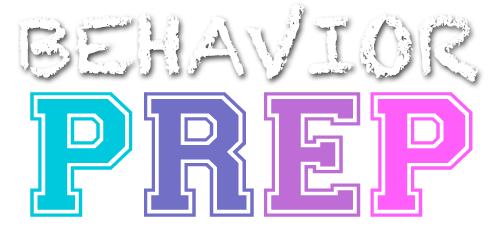I.3 Identify and implement methods that promote equity in supervision practices.
Promoting equity in supervision practices ensures that all supervisees have fair and equal opportunities to grow professionally, regardless of their backgrounds, experiences, or unique needs. Equitable supervision involves creating an inclusive, supportive environment, addressing individual barriers, and tailoring supervision strategies to meet the diverse needs of supervisees.
Recognize and Mitigate Implicit Bias
- Supervisors must identify and address any biases that might influence their interactions, expectations, or evaluations of supervisees.
- Strategies include self-reflection, implicit bias training, and seeking diverse perspectives to challenge personal assumptions.
Example: A BCBA notices they tend to assign complex cases to more experienced supervisees, unintentionally limiting less experienced supervisees’ opportunities to develop advanced skills. After reflection, the BCBA adopts a rotation system to ensure all supervisees have equal access to challenging cases.
Provide Culturally Responsive Supervision
- Incorporate supervisees’ cultural values, communication styles, and preferences into supervision practices.
- Tailor supervision to respect cultural differences while maintaining professional and ethical standards.
Example: A supervisee from a collectivist culture prefers collaborative learning. The BCBA incorporates group problem-solving activities into supervision meetings to align with the supervisee’s learning style.
Ensure Access to Resources and Opportunities
Supervisors should identify and address systemic barriers that may prevent supervisees from accessing training, feedback, or opportunities for skill development.
Example: A supervisee working in a rural area has limited access to in-person training. The BCBA arranges virtual training sessions and provides digital resources to ensure equitable access to learning materials.
Use Individualized Supervision Plans:
Supervision should be tailored to each supervisee’s unique strengths, weaknesses, and goals. This includes providing accommodations for disabilities or addressing gaps in knowledge.
Example: A supervisee with dyslexia struggles with extensive written feedback. The BCBA switches to verbal feedback and provides video demonstrations of key concepts to support their learning
Promote Inclusive Communication:
Supervisors should foster an open and respectful environment where supervisees feel comfortable expressing concerns or seeking support
Example: A BCBA establishes a policy where all supervisees have equal time to share updates during team meetings and schedules 1:1 sessions for additional discussion.
Evaluate Progress Fairly
Supervisors must use consistent and objective criteria to assess supervisee performance, ensuring evaluations are not influenced by personal biases.
Example: The BCBA uses a standardized rubric to assess RBT competencies, ensuring evaluations are based on observable, measurable performance.
Promoting equity in supervision involves recognizing and addressing individual differences, mitigating biases, and ensuring fair access to opportunities. By implementing tailored supervision plans, fostering inclusive communication, and evaluating performance objectively, supervisors can create an equitable environment that supports all supervisees’ professional growth and enhances the quality of services delivered.
